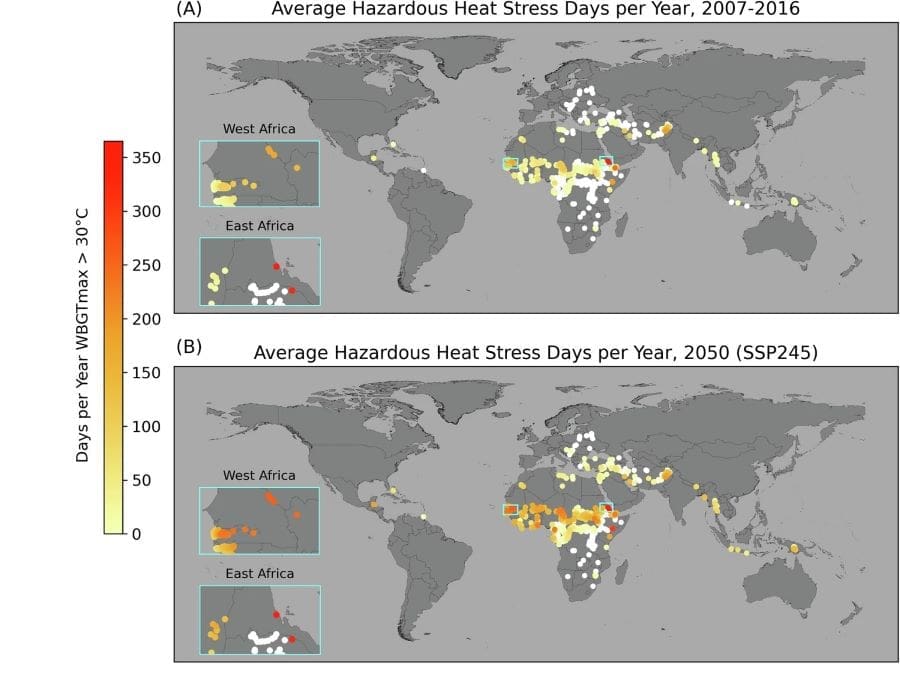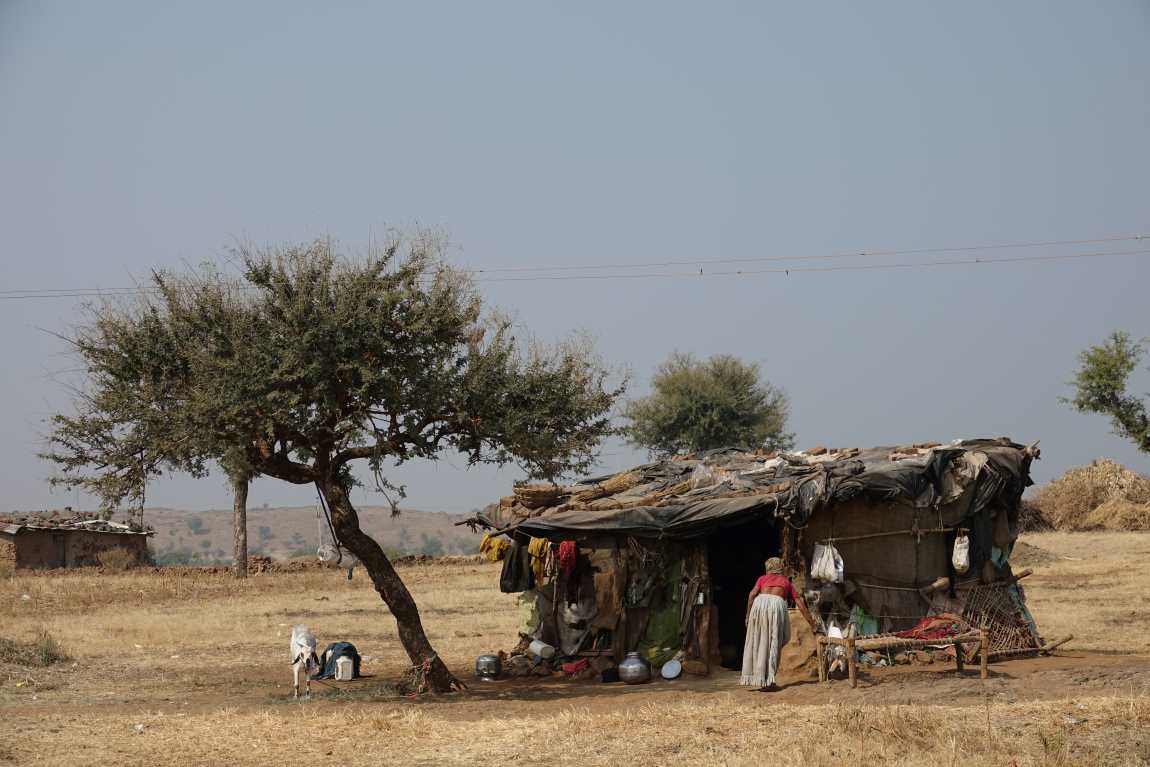Summary:
While climate change and extreme weather events often drive migration, many vulnerable populations remain unable to move despite the risks.
A new study, published in Nature Communications, examines the plight of “trapped populations” living in informal settlements, refugee camps, war zones, and other high-risk areas. Led by researchers from IIASA, the study highlights how legal, economic, and cultural barriers prevent mobility, exacerbating exposure to climate threats such as droughts, heatwaves, and flooding. The research underscores the need for tailored policies to support those who cannot leave, recommending a systematic review of affected communities, the establishment of a global involuntary immobility support mechanism, and better inclusion of these populations in climate risk assessments.
The study also draws from case studies, including the Rohingya refugee population in Bangladesh, to illustrate the urgent need for action. By addressing these challenges, policymakers can develop strategies to protect and support those most vulnerable to climate-induced hazards.

Addressing the needs of vulnerable populations unable to move away from climate risk areas
People in informal settlements, urban deprived areas, refugee camps, prisons, and war zones can be particularly vulnerable to climate threats and natural hazards. A new study, led by IIASA researchers, explores how policymakers can ease their burden.
Climate change and extreme weather events can act as drivers of migration. However, in some contexts, they can also render people unable to leave despite a desire to do so. In a new study, published in Nature Communications, IIASA scientists and their colleagues from other institutions argue that those “trapped populations” require tailored policies to reduce climate risk and either help them adapt in their given location, or ensure that their migration aspirations are met.
“Involuntarily immobile populations are large and varied in their exposure to different threats,” explains Lisa Thalheimer, a researcher in the IIASA Migration and Sustainable Development Research Group and lead author of the study. “Cultural and legal barriers, limited access to humanitarian assistance, and other constraints, such as conflict and poverty, make the livelihoods of such populations particularly vulnerable to climate-induced threats — droughts, heatwaves, sea level rise, etc.”
In their study, the researchers highlight a number of case studies, reflecting the striking political and legal barriers to migration faced by vulnerable populations. One of the most obvious examples is the involuntary immobility of the Rohingya refugee population in Bangladesh, living in some of the most densely populated areas in the world while facing high levels of landslide exposure, as well as a high risk of coastal and inland flooding.
In addition, they address the fact that current climate mobility research is largely focused on mobile populations, excluding those unable or unwilling to move. Thus, due to the lack of data, it can be extremely difficult for policymakers to develop policies tailored to the needs of those people. Seeking to address this problem, the scientists drew up a set of comprehensive recommendations, which could help policymakers stimulate positive change. Those include:
- Conducting a systematic review of affected communities and their ability to adapt, relocate, and mitigate the impact of natural hazards and climate change in their given location;
- Establishing a global involuntary immobility support mechanism;
- Identifying the key drivers of involuntary immobility that make marginalized populations even more vulnerable to natural hazards and climate change impacts, as well as ensuing their inclusion in data collection processes.
“By focusing on involuntary immobility in climate and disaster risk policies, we gain a deeper understanding of how climate variability, climate change, and extreme weather events impact vulnerable populations. This understanding is critical for developing strategies that reduce disaster risk in various types of communities across various levels of socioeconomic conditions, within mobility contexts,” concludes Andrew Kruczkiewicz, a lecturer at Columbia University and another lead author of the study.
This study is a collaborative effort between scientists from IIASA and universities in Germany, the Netherlands, New Zealand, Switzerland, and the US including: Columbia University, ETH Zürich, Mississippi State University, Montana State University, Oregon State University, Stanford University, the United Nations University, University of Canterbury, and the University of Twente.
It is based on a large group exploratory dialogue — a World Café event held during the 2023 Managed Retreat Conference at Columbia University, involving 53 participants from policy and research.
Journal Reference:
Thalheimer, L., Cottier, F., Kruczkiewicz, A. et al., ‘Prioritizing involuntary immobility in climate policy and disaster planning’, Nature Communications 16, 2581 (2025). DOI: 10.1038/s41467-025-57679-9
Article Source:
Press Release/Material by International Institute for Applied Systems Analysis (IIASA)
Featured image credit: lachetas | Freepik




